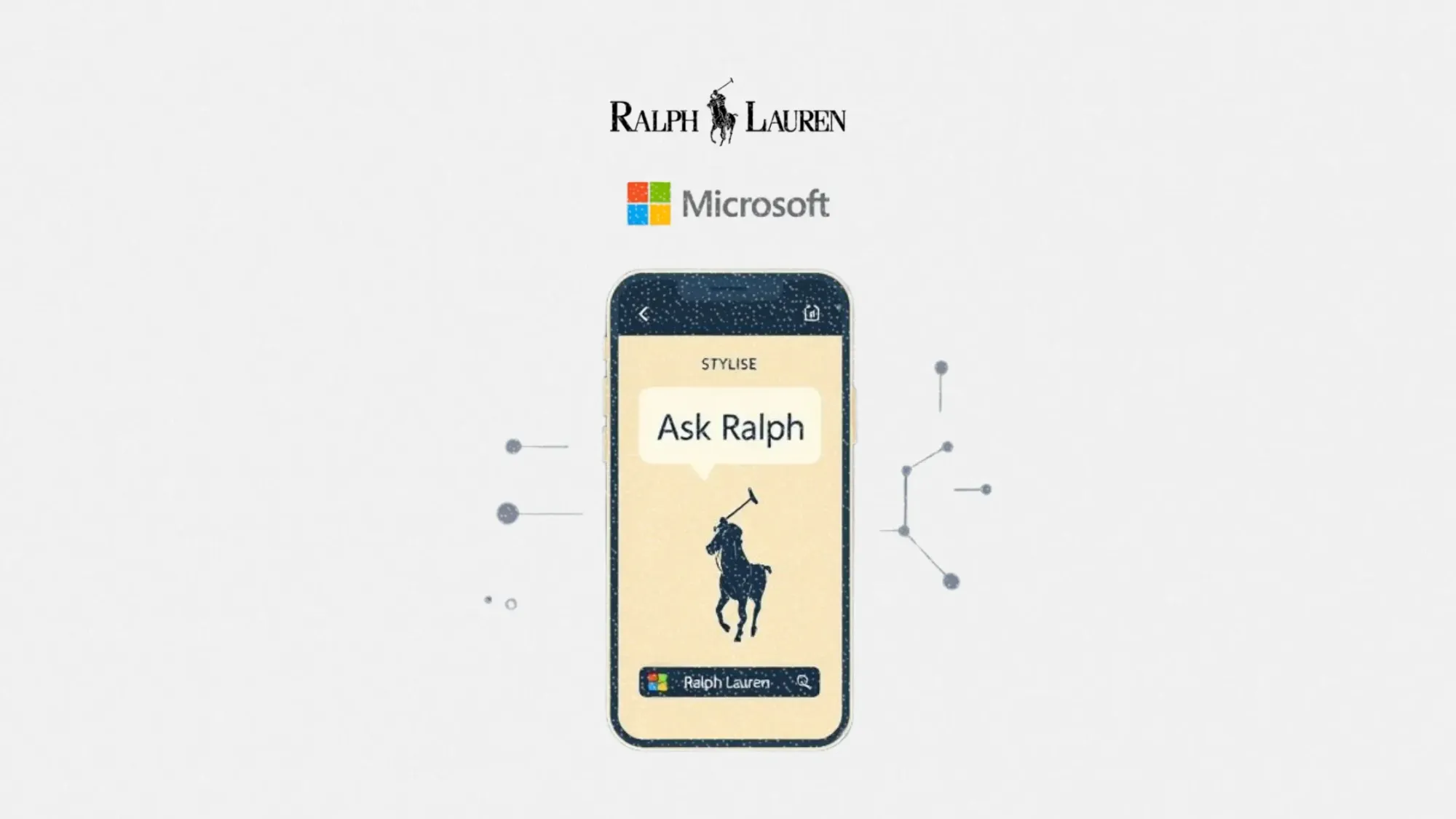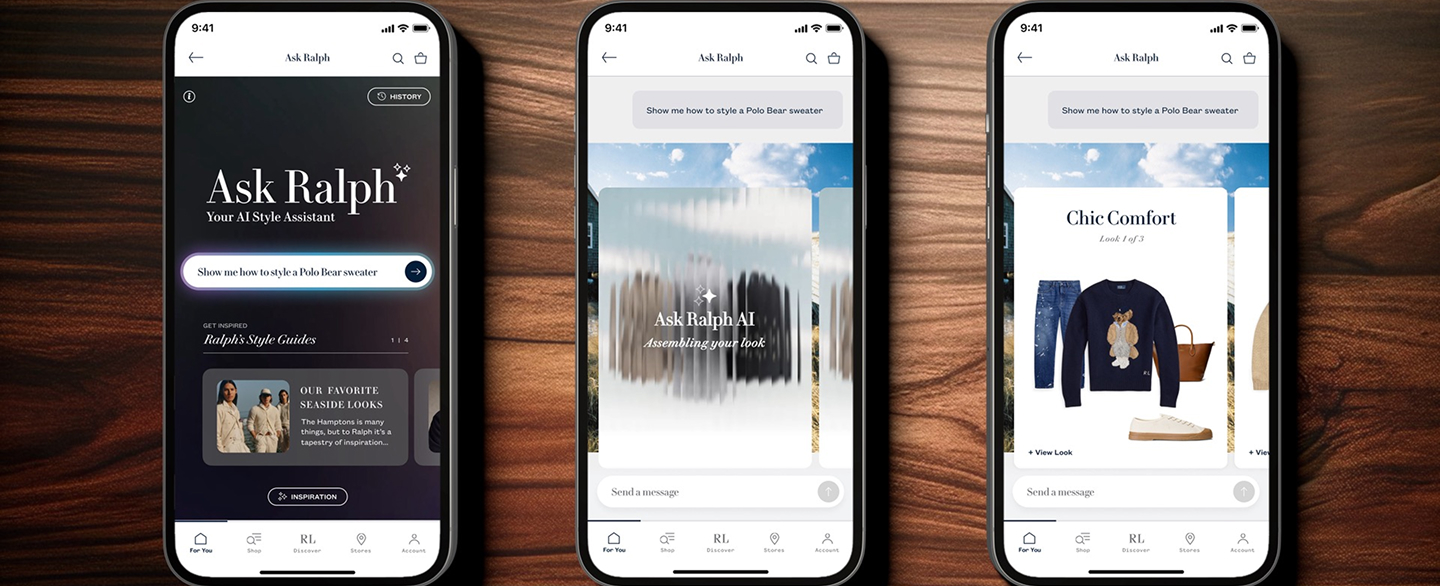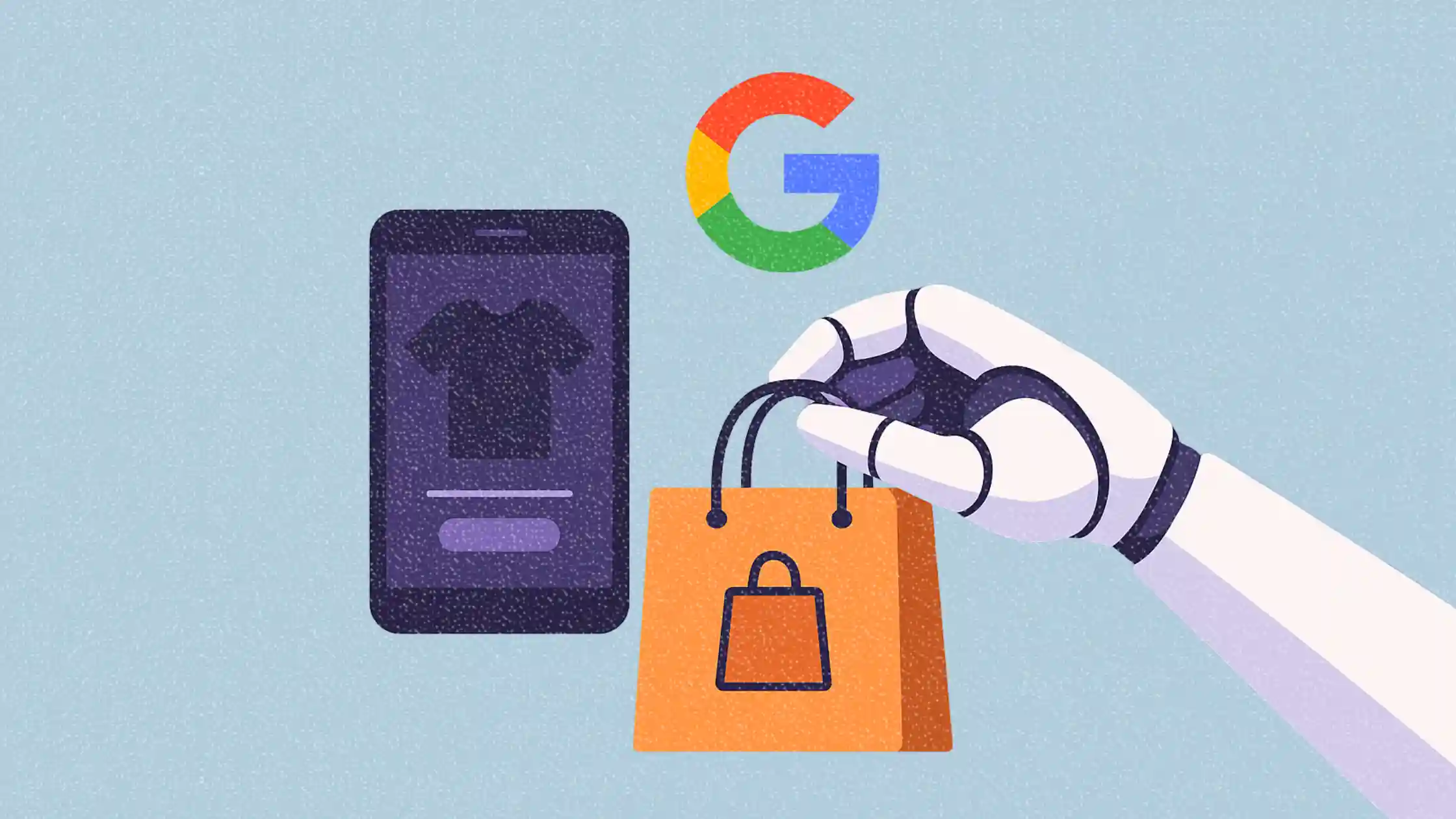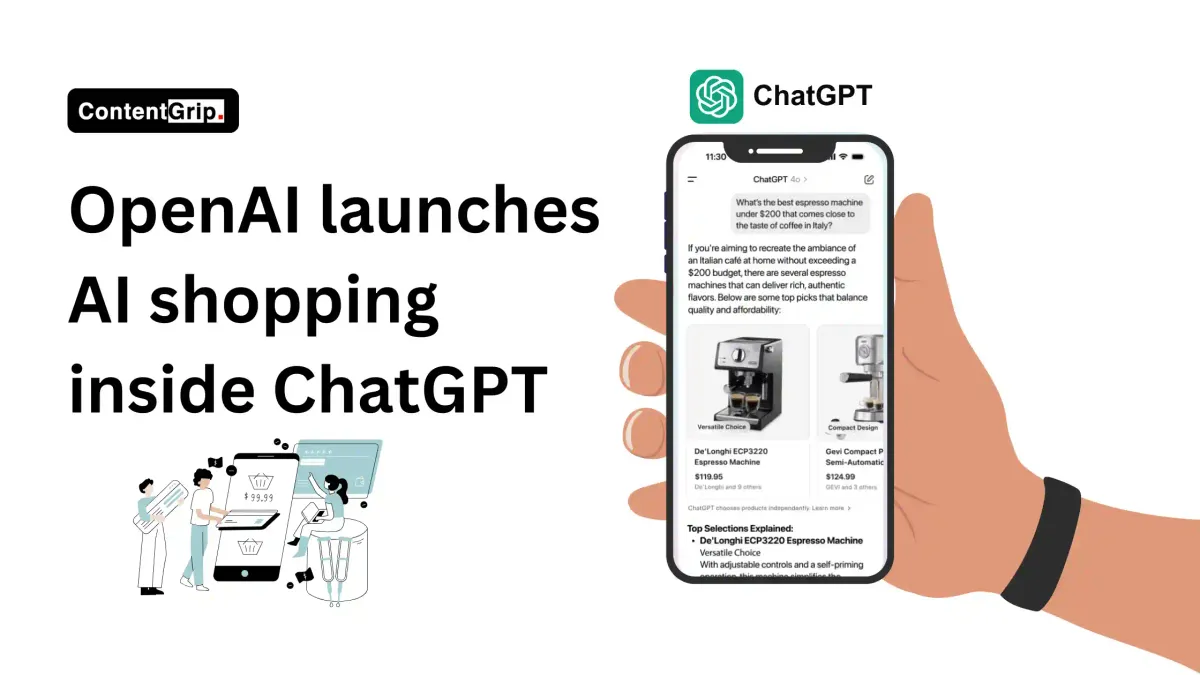Ralph Lauren’s ‘Ask Ralph’ AI stylist brings in-store fashion guidance to mobile
Ralph Lauren’s latest AI tool signals a new phase in mobile-driven, conversational commerce.

Ralph Lauren is taking mobile commerce up a notch with the launch of ‘Ask Ralph’, a new AI-powered shopping tool designed to mimic the experience of talking to an in-store stylist, directly from your phone.
Available now on the Ralph Lauren app in the US, this chat-based assistant helps users discover complete outfits, style advice, and shoppable looks across the Polo Ralph Lauren men’s and women’s collections. The tool is built on Microsoft’s Azure OpenAI platform and uses advanced natural language processing to respond to open-ended questions like “What should I wear to a concert?” or “Show me women’s Polo Bear sweaters.”
This article explores how ‘Ask Ralph’ works, what it signals for luxury retail, and what marketers can learn from this move into AI-powered conversational commerce.
Short on time?
Here is a table of content for quick access:
- What happened: Ralph Lauren debuts mobile AI stylist tool
- Why this matters: AI shopping is now experiential, not transactional
- What marketers should know
- Related moves in Asia: virtual personas gain traction

Ralph Lauren debuts mobile AI stylist tool
‘Ask Ralph’ is the latest digital innovation from Ralph Lauren, created in partnership with Microsoft. The AI assistant interprets casual language and returns curated, shoppable outfit suggestions. Users can browse full lookbooks, fine-tune their preferences, and add single items or complete looks to their cart in just a few taps.

Ralph Lauren says the tool will improve over time based on user behavior and engagement, with plans to expand across more of its brands and digital touchpoints globally. This launch continues Ralph Lauren’s long history of digital experimentation. From early eCommerce ventures with Microsoft to immersive experiences like 4D fashion shows and holograms, the brand has consistently used technology to enhance storytelling and service.
Beyond customer experience, Ralph Lauren is also applying AI behind the scenes to improve marketing, digital engagement, and operations. This includes predictive inventory and demand forecasting to streamline logistics.

AI shopping is now experiential, not transactional
Ralph Lauren’s rollout of ‘Ask Ralph’ is not just another chatbot or search bar enhancement. It reflects a larger trend toward experiential commerce. In this model, digital shopping is designed to replicate the personal service of physical retail environments. This is especially relevant for luxury and lifestyle brands, where the brand experience is just as important as the product itself.
By embedding AI in its mobile app, Ralph Lauren meets consumers where they are, on their phones. At the same time, it reinforces the brand’s identity through curated, high-touch service. This is not just about using AI for efficiency. It is about making AI part of the customer experience.
The partnership with Microsoft also highlights how strategic tech alliances can accelerate AI implementation at a global scale. Fashion brands do not need to build these tools from scratch. They just need the right partner.

What marketers should know
Here’s why ‘Ask Ralph’ is a smart move and what marketers can take from it.
1. Conversational commerce is becoming mainstream
Chat-based and voice-driven shopping is on the rise. From Ralph Lauren’s mobile stylist to Skechers Singapore’s in-store AI assistant, brands are leaning into conversational interfaces to create smoother, more human interactions. Marketers should explore how AI chat can support product discovery, style recommendations, or even customer support.
2. Mobile UX needs to be more than just responsive
Mobile commerce is evolving. In-app experiences like ‘Ask Ralph’ show that leading brands are designing features specifically for mobile users, not just shrinking a desktop site to fit a smaller screen. If your marketing strategy does not include mobile-first engagement tools, now is the time to rethink.
3. AI can carry your brand voice
Ralph Lauren’s AI is not just efficient. It is brand-aligned. It speaks in a tone and visual language that matches Ralph Lauren’s aesthetic. This shows that AI does not need to be sterile or generic. With the right prompts and design, it can become an extension of your storytelling.
4. Partnerships are a force multiplier
This is not Ralph Lauren’s first time teaming up with Microsoft. Their history goes back to launching early eCommerce tools together over two decades ago. For marketers, this is a reminder that strong tech partnerships can help you leap ahead, especially in AI where build times can be long and expertise is critical.
Related moves in Asia: virtual personas gain traction
The move toward AI assistants is not limited to the US. Brands in Asia are also rolling out virtual and AI-powered helpers.
In Malaysia, supermarket chain Lotus’s introduced Cik Lo, a 3D character with a yellow hijab who appears on social media as a shopping assistant. Over in Singapore, Skechers launched Luna, an AI-powered style guide available both in-store and through Telegram. Meanwhile, Safi Shayla, a hijab haircare brand, introduced Sis Shay as a virtual haircare coach for hijabi women.
The trend is clear. Brands are exploring digital characters and AI personalities to scale personalization, build emotional connections, and differentiate their customer experience.
‘Ask Ralph’ shows how fashion brands can use AI not just to automate, but to amplify brand identity. In a crowded digital space, smart tools that blend utility with storytelling can help marketers stand out and stay relevant.
Whether you are working in fashion, CPG, or tech, the lesson is the same. AI is not just a backend tool. It is a new front door to your brand.






